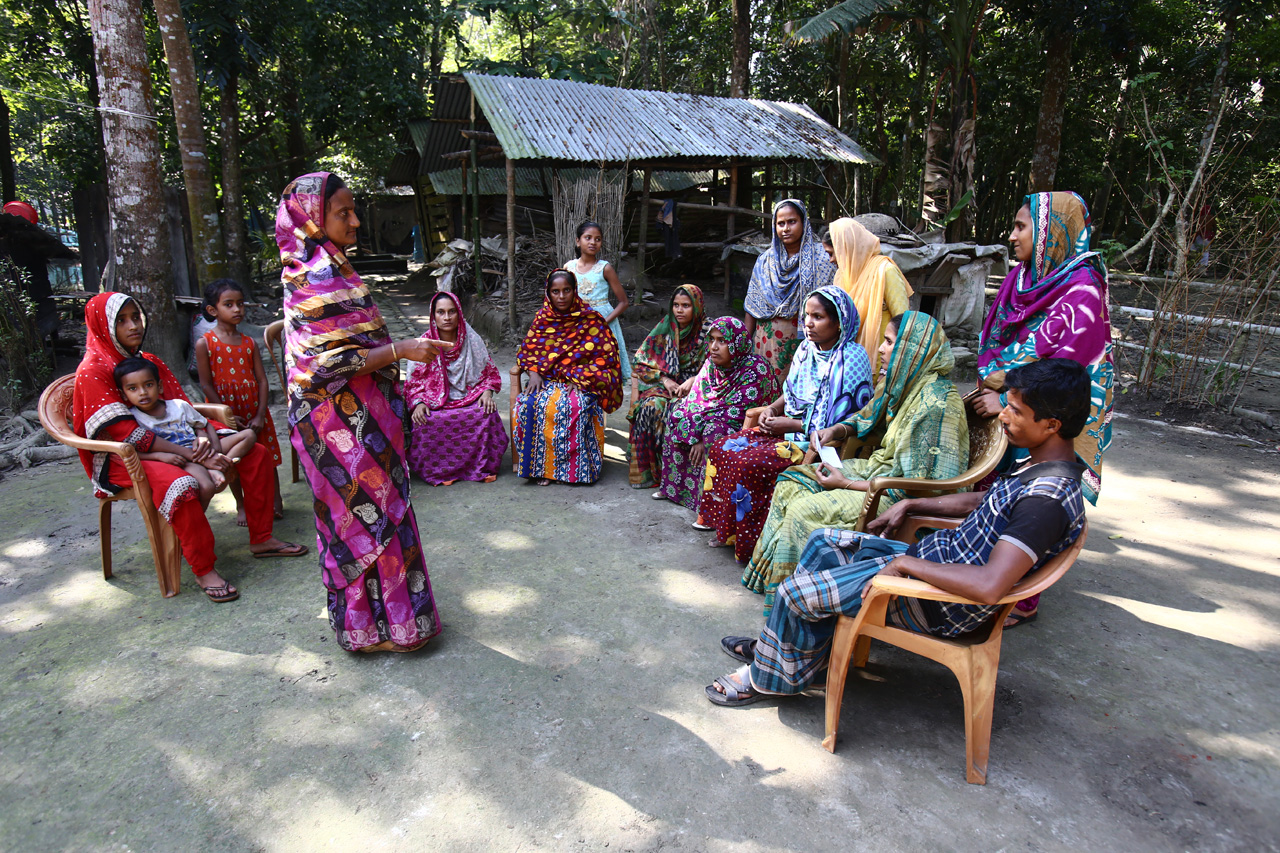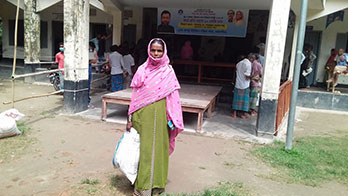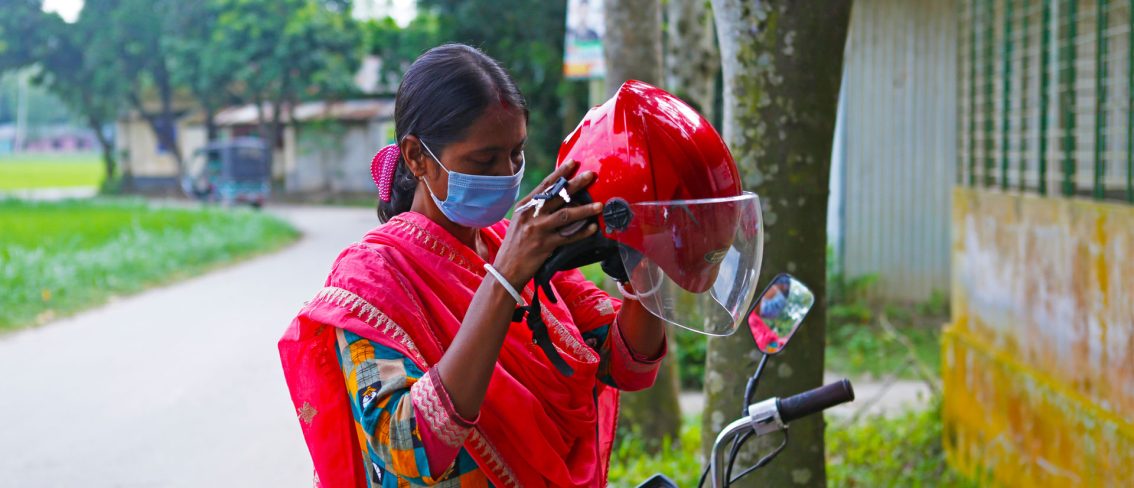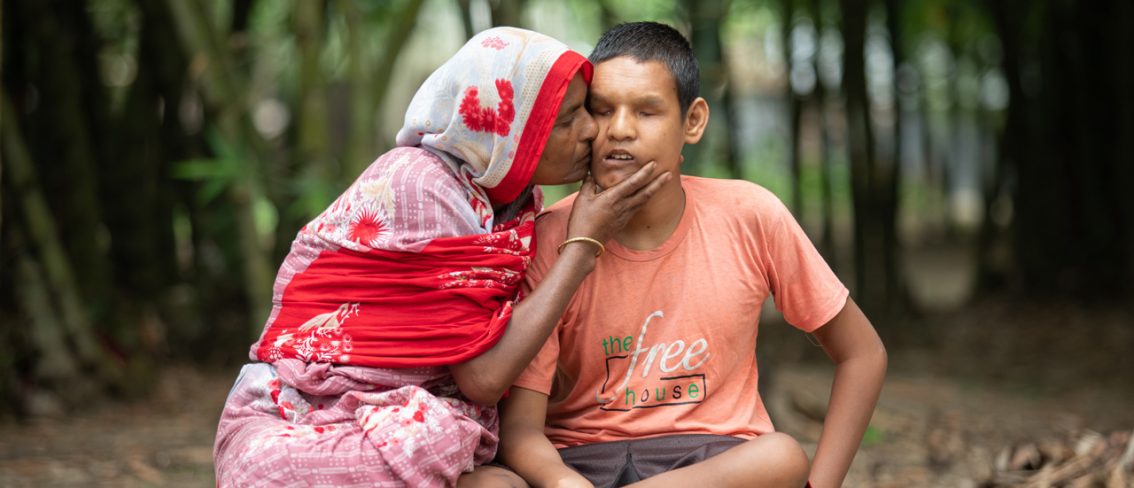Nine out of every ten women in Bangladesh still don’t have access to digital financial services. What are the socio-economic barriers hindering their inclusion and how do we design solutions to bring down the barriers stopping women from making the digital transition?





Digital financial service is widely regarded as the most important tool in advancing the cause of total financial inclusion. Despite Bangladesh being one of the early adopters of mobile money, only one in every ten women in the country has access to digital financial space. At BRAC, we went on a deep dive to identify the barriers women face in accessing digital financial services, design and implement solutions around them. Reflecting on the experience of supporting 1.4 million women make the digital transition, here’s what we learnt from our quest for an inclusive digital financial world.
To use is to learn: Lack of digital literacy was and still is one of the biggest impediments to creating an inclusive digital financial space. Earlier, women used to join instruction-based one-off training on mobile money in their nearest BRAC branch office. Many described the experience as having to learn swimming by attending a thirty-minute lecture on how to swim. To a keen observer, it was apparent that the training needed three guiding principles – rigour, localisation and experientiality. Based on them, BRAC Integrated Development programme introduced a five-day digital financial literacy training, Split into 45-minute sessions, it covered the basics of mobile money, costs of cash, mobile money services, and awareness against fraud. The story-based instruction was delivered in the local dialect and most importantly, participants practically experienced how to use mobile money through operating a phone, leading to a more confident adoption of mobile money among women.
Setting the stage right: Human-centricity must be at the core of designing tools for women’s inclusion in the digital financial space and must follow the policy of leaving no one behind, regardless of age, socio-economic status and literacy levels. For women who didn’t have access to education growing up, we introduced adult learning modules. Some even learned to identify numbers and letters from scratch through those modules. Those who had never used a phone before were handed a feature phone to familiarise themselves with button functions.
Make it fun: Many women often reported struggling to remember the mobile money service provider’s dialling code. To address this, facilitators used mnemonic devices. For example, to help clients remember the bKash (a mobile financial service provider in Bangladesh) dialling code, *247#, our field officers came up with a mnemonic device. It went like this, “24 hours a day and 7 days a week, and one might reach the star (*) if they use a really tall ladder (#).” Learning was gamified too—women were asked to send each other a token amount of money through bKash and the first successful payee would be titled ‘bKash apa.’
Utilise the power of visuals: Visual aids have proved to be a great reinforcing tool in behavioural change communication. Inspired by it, BRAC programmes introduced a range of visual contents to increase adoption of digital financial services among women. Process cards, for instance, visualise the bKash menu and detail the payment instructions. BRAC Education programme pasted stickers on their students’ report cards so that parents can easily access the fee payment guide.







Other Stories
 5 key support pillars for robust digital financial inclusion of women
Ultra Poor Graduation
5 key support pillars for robust digital financial inclusion of women
Ultra Poor Graduation
 Purses made digital: How fintechs can better serve women
Ultra Poor Graduation
Purses made digital: How fintechs can better serve women
Ultra Poor Graduation
 Living behind the ‘Made in Bangladesh’ label
Ultra Poor Graduation
Living behind the ‘Made in Bangladesh’ label
Ultra Poor Graduation
 Omnichannel strategy boosts fashion company
Financial Services
Omnichannel strategy boosts fashion company
Financial Services
 Construction of railways
Advanced Analytics
Construction of railways
Advanced Analytics
 Negotiations with partners
Surface Transport & Logistics
Negotiations with partners
Surface Transport & Logistics
 Volker Stevin Construction
Advanced Analytics
Volker Stevin Construction
Advanced Analytics
 Construction of new buildings
Financial Services
Construction of new buildings
Financial Services
 Construction of a new plant
Surface Transport & Logistics
Construction of a new plant
Surface Transport & Logistics

